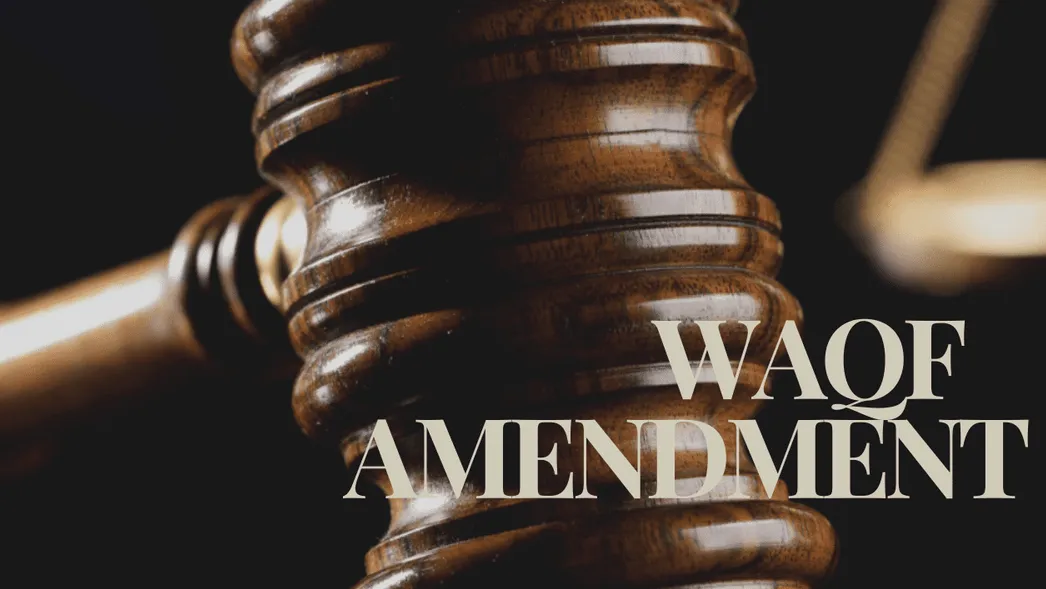Article content Prime Minister Mark Carney’s Liberals are ahead of Pierre Poilievre’s Conservatives by a cumulative average of 5 to 6 points. Contrary to popular (Liberal) belief, this doesn’t mean the federal election is over. There’s plenty of political runway left, and more than enough time for Poilievre to make up ground.
How can this be done? Some Conservative strategists and thinkers have called for significant policy shifts and massive transformations. I believe the answer can still be found on the path well travelled by Poilievre. Here are two recently floated strategies.

“I’ll make the case tonight and hopefully this will permeate the Conservative Party war room somewhere,” longtime Conservative strategist Kory Teneycke said at Toronto’s Empire Club last week. “You’ve got to get on the f–king ballot question that is driving votes or you are going to lose.” Teneycke then fleshed out his position to CBC News.
He’s concerned that Poilievre too closely resembles U.S. President Donald Trump, and the Conservative message “sounds too Trump-y for a lot of voters.
” Teneycke critiqued Poilievre for being “negative all the time,” which makes it “hard to be liked by the public.” In his view, “there needs to be more of an emphasis on a positive message. And I think you have to be a little more direct and more consistent in terms of the message around the U.
S.” Peter White, a longtime Conservative activist and former principal secretary to then-Prime Minister Brian Mulroney, took a different approach. In a recent Globe and Mail op-ed, he suggested that Poilievre, “who had been campaigning with great effect on bread-and-butter issues of concern to the average voter, finds himself at an inflection point.
” He’s being “outflanked by Mark Carney on the one issue that dominates the minds of Canadians: Donald Trump’s tariffs.” While Poilievre’s “anti-establishment rhetoric thrills the base,” White feels he must “pivot from gladiator to statesman.” This doesn’t mean “surrendering his convictions; it means elevating them.
” How so? “Speak not to the frustrations of the people, but to their aspirations. Criticize the Liberal party not merely for its failings, but for its smallness of vision. Offer Canada a coherent national project, not just a laundry list of complaints and menial policy changes.
” I know Teneycke and White. They both have the Conservative Party’s best interests at heart. With all due respect, there’s a more effective strategy for Poilievre to follow: keep on the same path, albeit with minor tweaks.
Poilievre has properly distanced himself from Trump. They share similar messaging techniques, but have different ideologies, policies and personalities. The President seems to realize this.
“I think his biggest problem is he’s not a MAGA guy, you know? I mean, he’s really not...
a Trump guy at all,” he said to Ben Domenech during an interview with UK-based The Spectator magazine. Trump also told Fox News’s Laura Ingraham that Poilievre is “stupidly no friend of mine.” Trump’s tariffs may have changed Canada’s political landscape, but there’s nothing “Trump-y” about Poilievre.
He doesn’t need to change his presentation or speaking style. That’s what brought him to the dance and he shouldn’t drop it. At the same time, he should emphasize his conservative credentials, tough but fair negotiating style and how he’ll protect Canada during tariff and trade negotiations.
When Canadians stop believing the two leaders are attached at the hip, it will help turn Trump’s negatives into positives for Poilievre. Conversely, Carney has shown a stunning level of political inexperience and ineptness in less than three weeks as Prime Minister. His arrogant, curt and egotistical style has turned off reporters and average Canadians.
His political campaign has also been largely devoid of original ideas. He’s either swiped them from Poilieve’s playbook (ie. removing the carbon tax) or former Prime Minister Justin Trudeau’s old playbook (ie.
refusing to repeal Bill C-69, the anti-pipeline legislation). Yet, Carney is still ahead. Why? Some Canadians have either made up their minds, are ignoring his deficiencies — or don’t seem to care.
Here’s how Poilievre can make them care and become more aware: establish a link between Carney and Trudeau at every opportunity. Point out that the current PM, like Trudeau, has long been associated with far-left ideas such as increased government intervention, wealth inequality and supporting net-zero emissions. Query as to whether he capitulated to Trump on tariffs during their “cordial” phone call.
Demand an answer as to whether a potential conflict of interest may exist for Carney’s $256 million loan from the Bank of China for his company, Brookfield Assets Management. Blast him for being afraid to remove Paul Chiang, a controversial Liberal MP who spoke approvingly of Canadians collecting a bounty on the head of Conservative candidate Joe Tay. When poll numbers shift, Poilievre should release a simple, straightforward ten-point plan on how he’ll revitalize Canada after the disastrous Trudeau-Carney years.
This could include tax cuts for individuals and corporations, shrinking the size of government, tackling the housing crisis and rebuilding Canada’s reputation as a foreign policy leader. More details for his campaign proposals to scrap capital gains taxes and how the $5,000 top-up to tax-free savings accounts for money being invested in Canadian companies would work would be helpful, too. For the remainder of this campaign, Poilievre must remain the leader he wants to be rather than what others feel he should be.
Any switch in this tried and true strategy would be disastrous. National Post.
Politics

Michael Taube: Poilievre’s winning formula to become prime minister

Keep on the same path (with minor tweaks)














